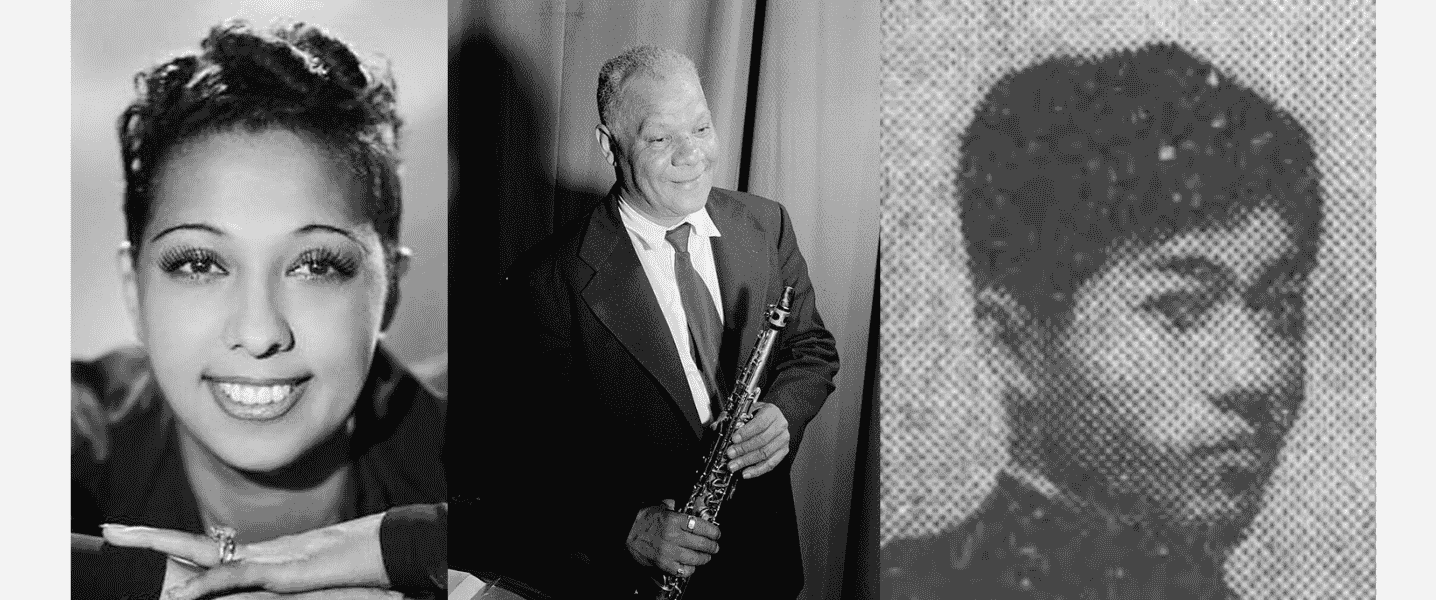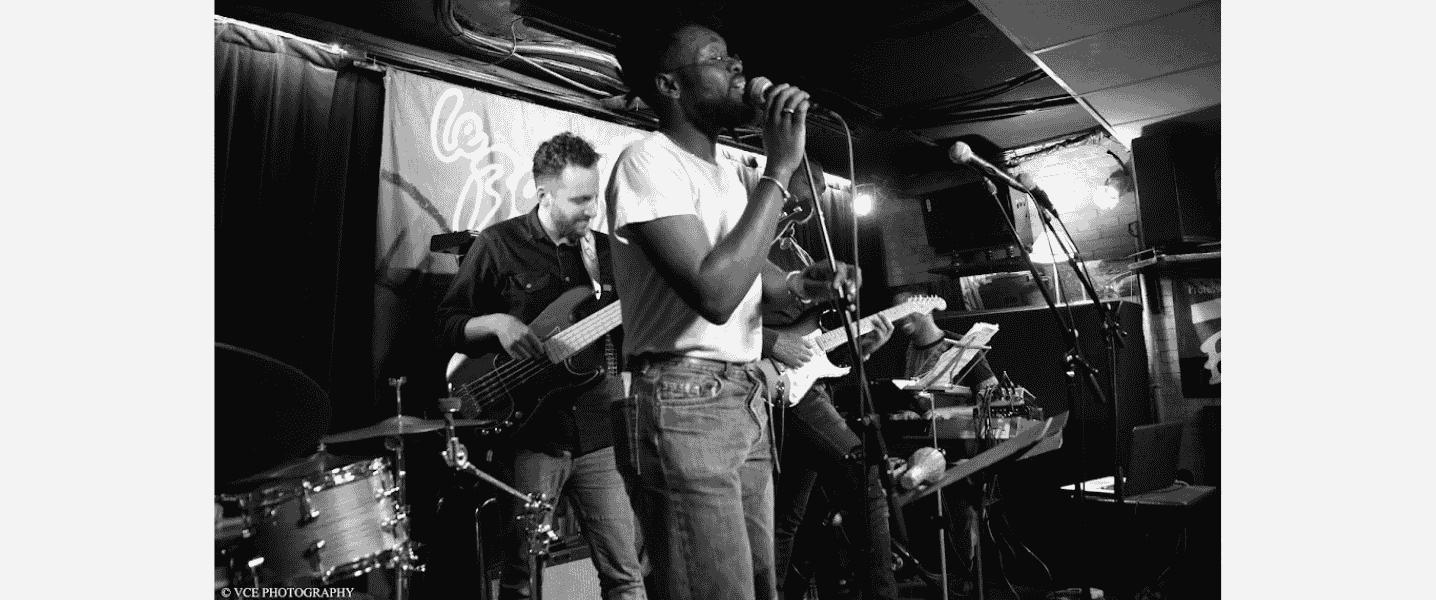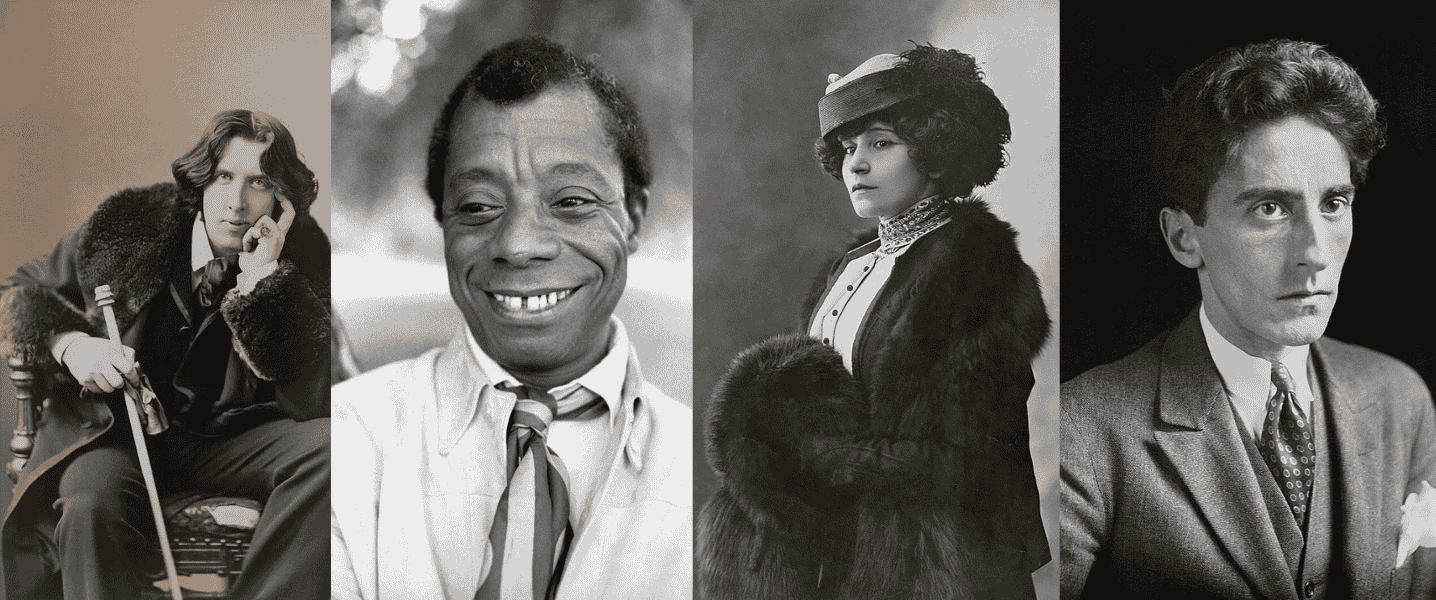- April 18, 2025
- All things Paris
- Emma Houelle, Eric Battye, Christophe Durastanti, Angela Spidahl
Diversity in Parisian Theatre
Paris is a thriving centre of culture, particularly theatre. The City of Lights has long fascinated and attracted artists from all over the world. In this blog, we explore the diversity of Parisian theatre, from the 20th century to the present day.

A brief history of diversity in Parisian theatre
The Parisian artistic scene has attracted talent from all over the world. In turn, these artists have enriched Parisian theatre with a variety of cultural influences and stories from around the world.
A pioneering figure on the Parisian theatre scene: Josephine Baker.
A charismatic and talented dancer, Josephine Baker moved to France in the 1920s and quickly won the hearts of Parisian audiences, particularly at the famous Folies Bergère theatre, where she headlined in the revue Les Folies du Jour.
During her exciting and tumultuous life, she also worked as an agent for the French Secret Service during the Second World War. She was also an important activist in the fight for civil rights in the United States.
But she is best known as the first black cabaret dancer to gain international acclaim, breaking racial barriers and offering a new vision of beauty on Parisian stages.
Sidney Bechet, an African-American clarinettist and saxophonist, moved to the capital in the 1920s and played a key role in popularising jazz in Paris, which would later influence the whole of Europe. He rubbed shoulders with major jazz figures such as pianist Clarence Williams and Louis Armstrong. One of the first well known African-American musicians to perform in Paris, Sidney Bechet quickly became a key figure in the Paris scene. In 1949, his participation in the Paris Jazz Festival marked a decisive turning point, and he decided to settle permanently in France. His theme song Petite Fleur, composed in 1952, became a worldwide hit.
In the 1970s, Japanese playwright Shuji Terayama presented several pieces in Paris: Jashumon, Jiniriki hiroki and Hanafuda denki with his company Tenjo Sajiki. His deeply experimental theatre shakes up codes by blending the absurd, surrealism and questions about identity. By shaking up the conventions of traditional theatre, he paved the way for the Japanese avant-garde to spread to the Parisian stage.
By bringing together cultural influences from all over the world, the many artists who performed in Paris had a profound impact on the capital, contributing to its openness to the world. Thanks to them, Paris has established itself as a multicultural artistic centre that still continues to attract a multitude of talent from all over the world.

Diversity on stage: multicultural and multilingual plays
Now, Paris offers many plays and shows with multicultural influences. With artists, actors and directors from all over the world, the Parisian scene stands out for the diversity of its stories and productions, blending several cultures together. Here are just a few examples of venues offering programming that reflects this cultural richness:
La Colline - Théâtre national welcomes productions exploring multicultural themes with artists from Africa, the Middle-East and Asia. Among the shows to come, Journée de noces chez les Cromagnons by Wajdi Mouawad will play in Lebanese Arabic, with French surtitles from 29 April to 22 June 2025.
The Silvia Monfort Theatre is famous for its shows combining different cultures. The New Path, by Sinnoi Wonsool Lee, Bora Kim, Godam and Nayeon Lee, is a jazz concert combining Korean traditional music, contemporary dance and visual arts.
Click here to see all shows playing at Théâtre Silvia Monfort.
The Festival d’Automne and Art Happens offer multicultural productions, including African, Asian and Latin-American theatres. For the 2024-2025 season, they are collaborating with Satoko Ichihara (Japan) for the show Yoroboshi: The Weakling and Alice Ripoll (Brazil) for Zona Franca with the Suave company.
Click here to see every show playing at Festival d’Automne and Art Happens.
Parisian operas offer a programme of shows playing in their original language, as well as renowned international choreographers.
The Théâtre des Champs-Élysées offers concert operas and oratorios performed in Italian, English and German.
Opéra Bastille and Palais Garnier welcome shows such as The Barber of Seville, performed in Italian, and a world premiere from the choreographer Hofesh Shechter (Israeli).
The Royal Opera of Versailles presents Le Carnaval Baroque, also performed in Italian.
See our selection of operas in their original language and dance pieces choreographed by international talent.
The Baiser Salé jazz club is known for its jazz concerts and its mixed music. This jazz club welcomes Caribbean and African artists, such as Richard Bona, Angélique Kidjo, Monica Passos, Ultramarine, Les Étoiles, Sylvain Luc, Rido Bayonne, Leni Stern, Etienne Mbappé…
Click here to see every concert playing at the Baiser Salé Jazz Club!
We hope this presentation has given you a clear picture of the wonderful array of shows created and performed by artists from across the globe. These performances truly enrich the Parisian cultural landscape, bringing immense pleasure to theatregoers.

Celebrating LGBTQ stories
Did you know?
France was the first modern country to decriminalise homosexuality in 1791 (although a complete decriminalisation came much later, in 1982).
Today, the city can be considered a centre of gay culture in Europe. Since the 19th century, the capital has attracted artists, writers and thinkers like Oscar Wilde, James Baldwin, Colette and Jean Cocteau, searching freedom of expression that they couldn’t find elsewhere.
In the 1980s, Le Marais (a famous neighbourhood in the heart of the city) became the centre of queer Paris. Gay bars, club and libraries opened, and have remained an important part of the city since.
Paris has since played a role in the fight for LGBTQ+ rights. La Marche des Fiertés (Gay Pride) has taken place every year since 1981, bringing hundreds of thousands of people into the city. It is also a hotbed for activism, with groups like Act Up-Paris and SOS Homophobie being based there.
Culturally, Paris is rich in festivals, films, theatre and museums covering a range of gender and sexual identities. It remains a city where queer culture can openly express itself, despite ever present homophobia. Cosmopolitan, historic, and constantly evolving, Paris embodies a capital where gay culture is both celebrated and defended.
Here are a few examples of shows to see right now in Paris, highlighting queer artists and narratives.
Discover the incredible talent and captivating performances at Madame Arthur. This legendary venue showcases the brilliance of LGBT+ artists through music, comedy, and unforgettable cabaret shows.
Makoumè Superstar by Noam Sinseau at the Nouvelle Seine (until 26 April 2025), this one-man show in French is a true celebration of life, difference and resilience.
Garçon by Samuel Certenais at Nouvelle Seine (until 10 July 2025) is a one-man show in French that tackles the issue of constructing a male identity outside traditional models.
.png)
Accessibility for all
More and more Parisian theatres are undertaking renovation work to improve accessibility for people with reduced mobility, implementing lifts, ramps, and adapted seating.
To ensure that everyone has the best possible experience of the theatre, some venues also incorporate innovative accessibility features: sign language interpretation for deaf or hard-of-hearing audiences, multilingual surtitles, and even smart glasses (augmented reality glasses) with surtitles in several languages for non-French-speaking audiences.
Our sister company, Panthea, is leading this technological revolution, now inviting more than 70 nationalities around the world to enjoy live performances with live surtitling and smart translation glasses.
For example, at Comédie-Française, French-speaking and English-speaking audiences and deaf or hard-of-hearing audiences can appreciate Molière’s classic pieces, such as The Bourgeois Gentleman or Chekhov’s pieces, like The Cherry Orchard.
Continuing our mission…
Diversity on Parisian stages is reflected in the cultural richness of its plays, its artists, and its audiences, often coming from all over the world. Today, many venues are implementing adapted measures for people from all backgrounds, in order to make live performances accessible to everyone.
This is something we're really proud of, as it means our joint mission with Panthea – to make theatre accessible to all – is getting closer every day.
The world is far from perfect — but we will continue our mission to help make performance art more and more accessible and accommodating. Theatre is an excellent way to spread positivity, support marginalised communities — and, most importantly, spend time with your loved ones.
A Gift They’ll Never Forget!
Everyone has that loved one who is impossible to buy presents for, so why not give them a day to remember instead? With our gift card, they can choose to see one of our amazing shows, concerts, cabarets and more! And you can be safe in the knowledge that you’ve given them the best present of all — an extra-special memory to last a lifetime.
THERE’S MORE WHERE THAT CAME FROM...
Whether you're a theatre aficionado or a first-timer, the Theatre in Paris newsletter has got what you need! At least once a month, receive a hand-crafted email for your browsing pleasure, listing the best exclusive updates, deals, programmes, and all things theatre.
You can also follow us on Facebook, Instagram, Pinterest, and TikTok by clicking the link below to see our Link in Bio page.





